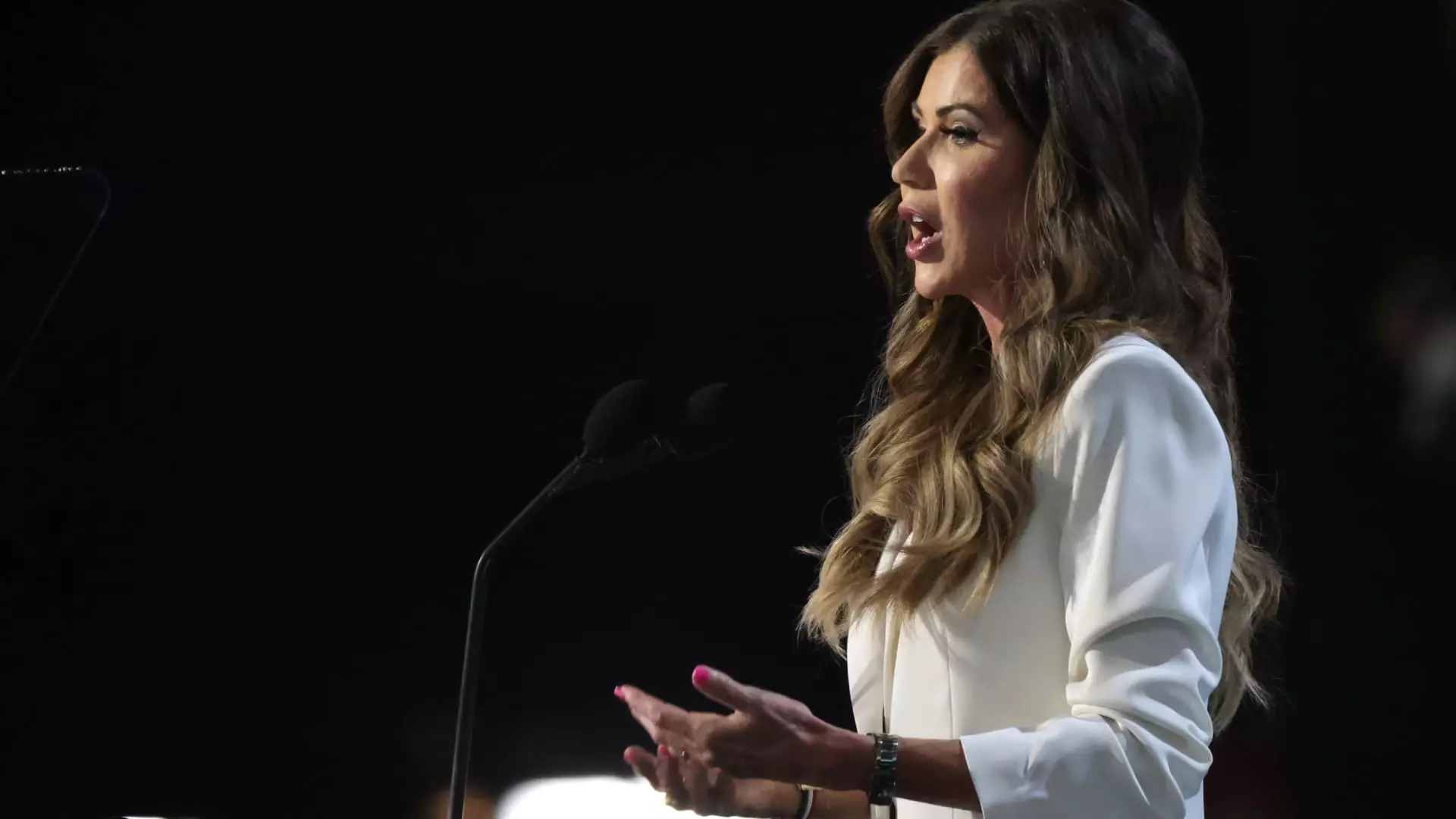In recent months, several states across the United States have initiated rebate programs aimed at encouraging homeowners to increase energy efficiency, an initiative that gained momentum after New York became the first state to launch a rebate program in May. These rebates, part of broader efforts tied to the Inflation Reduction Act (IRA), aim to incentivize residents to make energy-efficient upgrades to their homes and appliances. However, the landscape of these programs is complex and varies significantly between states, raising questions about their implementation, public outreach, and overall effectiveness.
The IRA, enacted in 2022, set aside an impressive $8.8 billion for Home Energy Rebates, which include two separate programs: Home Efficiency Rebates and Home Electrification and Appliance Rebates. Homeowners can potentially gain access to up to $8,000 in rebates for improving energy efficiency and an additional $14,000 for transitioning to electric appliances. The overarching goal of these incentives is to ease household utility bills while also combating climate change by reducing harmful carbon emissions.
While these rebate opportunities sound beneficial on paper, their practical execution can vary dramatically. States have the authority to design their programs, which means eligibility criteria and rebate amounts can depend heavily on factors such as household income and the total energy reductions achieved. This variability raises important questions about accessibility and equity in participation across different demographics, as some households may be overlooked due to stringent eligibility standards.
The response from states regarding the implementation of these rebates has been both anticipatory and dismissive. Several states, including Arizona, Maine, New Mexico, Rhode Island, and Wisconsin, wasted no time in rolling out their rebate programs, signaling a proactive approach toward energy efficiency. A spokesperson from the U.S. Department of Energy indicated that nearly all states have plans for their rebate programs, suggesting a national commitment to promoting home energy savings.
However, South Dakota has taken the unprecedented step of publicly declining to accept federal funds tied to the IRA’s energy rebate programs. Officials have cited concerns over the administrative burden and overall policy direction as reasons for their refusal, calling such programs counterproductive to the state’s initiatives. This decision places South Dakota in a unique position within the national landscape, as it contrasts sharply with the trend of engaging in federal initiatives aimed at sustainability.
As states design their rebate programs, there is a clear divergence in approach and implementation strategies. For instance, New Mexico has opted for a phased rollout, starting with a rebate for low-income consumers who upgrade their home insulation. Similarly, many states are beginning with simpler rebate options, gradually expanding to encompass more complex energy-conserving measures such as solar panel installations or comprehensive electrification efforts.
Together, these state programs will impact various aspects of the economy. Regulations and design can vary, which not only affects consumer participation rates but also complicates the overall effectiveness and efficiency of these rebates. The potential for a convoluted patchwork of programs may lead to confusion among consumers and businesses alike who are trying to navigate their eligibility.
As states gear up for the full implementation of their rebate programs, it is essential to consider the long-term implications of these initiatives. The challenges of ensuring equitable access must be tackled head-on to avoid creating barriers that could exclude lower-income households from participating in energy efficiency benefits. It is also necessary for states to invest in public outreach campaigns to raise awareness, guiding residents toward available rebates and other federal assistance that could further their energy efficiency goals.
While California and other states have started to apply for billions in funding through the program, South Dakota’s refusal highlights the political climate surrounding climate action. The contrasting approaches taken by states underscore a broader tension in the United States regarding energy policy and the means by which states navigate federal incentives.
The energy rebate landscape, catalyzed by the Inflation Reduction Act, presents a unique opportunity and challenge for consumers and state governments alike. While the push for energy-efficient homes could lead to momentous environmental benefits, the success of these initiatives hinges on effective program design, public engagement, and equitable access. States must work thoughtfully to balance the potential economic benefits of energy efficiency with the imperative of fostering an inclusive environment for all residents. Ultimately, the decisions made today will shape the future of energy efficiency in America and set a precedent for how climate initiatives are approached in the years to come.

